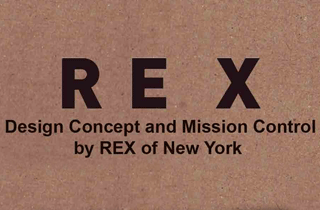The two types of greatness
“what we mean by greatness”
First, let's clarify what we mean by 'greatness'. In the terms of the theory of our guru Pierre Bourdieu it means accumulating either of two sorts of capital. We're not talking about money, here. Well, not just money. 'Capital' can also mean things like degrees and diplomas; social contacts; knowledge; and prestige. Broadly, capitals can be divided into two groups. The first is 'temporal' capital', which corresponds to earthly things, such as money or the power that comes from running a large architecture firm. The second is 'symbolic capital' or 'intellectual capital'. You can be poor as a church mouse but be rich in symbolic capital. A classic example would be Frank Lloyd Wright in his middle period: not doing too well financially, but a towering giant as a master of architectural form.
The two forms of capital, intellectual and temporal, are quite distinct and independent in the English-speaking architectural field. An architect can become the president of his or her national association, or sit on government boards, or found a large and wealthy firm, thereby accumulating great temporal capital, without acquiring the least intellectual capital. In American Architects and the Mechanics of Fame, Roxanne Williamson recorded that after 1910 those who won the American Institute of Architects’ Gold Medal were never those who were important professionals. She pointed out that the biggest and wealthiest firms with the greatest volume of business were only rarely remembered beyond their own generation. In Behind the Postmodern Facade Magali Sarfati Larson made the same point:
‘Large architectural firms… are known, sought after, and handsomely paid for providing… service efficiently in very large and very costly projects.… From the practical professional point of view, these firms offer clients unmatched guarantees of competence, efficiency, reliability, and technical support. To employed architects, they offer the prospect of regular career advancement. Yet public fame, the aura of architecture as art, and the creator’s aspirations to immortality are seldom, if ever, attached to the rationalised corporate form of professional practice.’
On the other side of the coin, one need only recall that Frank Lloyd Wright never desired or achieved the slightest professional position, but in his later years at least, was honoured and deferred to by all those in the highest ranks of professional power.
How to be a great architect
So when we talk about becoming a great architect, we could be talking about achieving greatness in either a temporal or a symbolic sense. The presidents of associations, and those who sit on government boards, are not necessarily those who win the design awards or who end up in the history books. They look more like René than Corbu.
And those who end up in the history books won't often be found wandering society's corridors of power. They are usually having too much fun designing to sit all day in meetings. They don't want fancy titles (Director of this, Head of that, Advisor to, Professor of, Chairman of so-and-so). The architects interested in temporal power could produce a CV in a flash, listing all their commissions and appointments, for forty or fifty pages. Probably show you photos of them with the Spice Girls, too. Not so the heroics. They wouldn't know what a CV was.
The secret is class, but of the right sort. Not money, but symbols.Copyright © 2001-2007 Garry Stevens























































0 comments:
Post a Comment